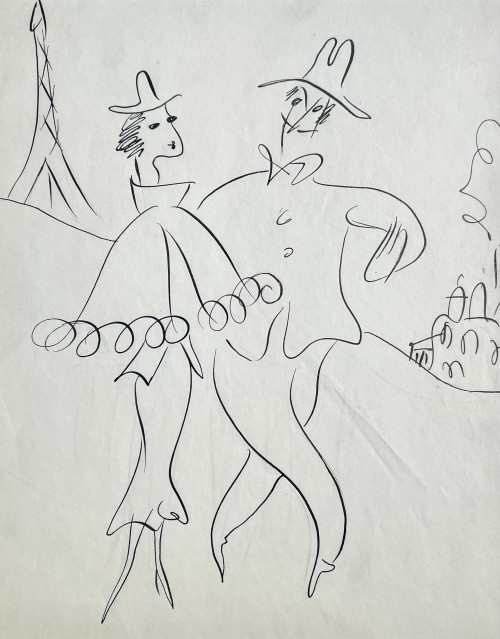- HOME
-
- View All Items
- New Arrivals
- Featured Items
- Artists
-
- View All
- Contemporary
- Birmingham School
- Cotswold Group
- Landscape
- Urban Townscape
- Abstract
- Animals/Birds
- Arts & Crafts
- British Impressionist
- Botanical
- Design/Industrial
- Fantasy/Fairy Subjects
- Female Artists
- Figurative
- Historical
- Illustration/Cartoon
- Marine
- Military/War Artist
- Modern British
- Pre-raphaelite/ Romantic/ Aesthetic
- Nude
- Portrait
- Prints
- Scottish
- Sculpture
- Sporting
- Still Life
- Theatrical
- Interiors/Architectural
-
ARCHIVE
Genre
- View All
- Contemporary
- Birmingham School
- Cotswold Group
- Landscape
- Urban Townscape
- Abstract
- Animals/Birds
- Arts & Crafts
- British Impressionist
- Botanical
- Design/Industrial
- Fantasy/Fairy Subjects
- Female Artists
- Figurative
- Historical
- Illustration/Cartoon
- Marine
- Military/War Artist
- Modern British
- Pre-raphaelite/ Romantic/ Aesthetic
- Nude
- Portrait
- Prints
- Scottish
- Sculpture
- Sporting
- Still Life
- Theatrical
- Interiors/Architectural
- ARTISTS
- Online Exhibitions
- Events
- About
- Contact
- Home
- Medium
- Watercolour & Drawing
- The Bride by Edward John Gregory
The Bride by Edward John Gregory
The Bride by Edward John Gregory
EDWARD JOHN GREGORY, RA, RI
The Bride
Signed with initials l.l.: EJG
Watercolour heightened with white over traces of pencil
In original frame
12 by 9 cm., 4 ¾ by 3 ½ in. (frame size 26 by 23 cm., 10 ¼ by 9 in.)
Agnews, London; William Vivian by 1910; Private collection. London, Royal Academy, Oil Paintings and Watercolour Drawings by the late Edward John Gregory, RA, 1910, no.194.
Gregory was born in Southampton, the son of a ship’s engineer and grandson of John Gregory, engineer-in-chief on Sir John Franklin’s last Arctic expedition. He was educated privately before entering the drawing-office of P&O in Southampton. He met Hubert von Herkomer, whose family had settled in Southampton, and together they attended life-classes. In 1869 they both joined the South Kensington Art School. He later studied at for a short time at the Royal Academy Schools. In 1871, together with his friends Herkomer and Robert Walker Macbeth, he began working for The Graphic as an illustrator. In the mid 1870s he started painting portraits and figurative subjects both in oil and watercolour, his first major painting, Dawn, (1876) was in the collection of John Singer Sargent (now in Royal Cornwall Museum). Perhaps his best-known work is Boulter’s Lock, Sunday Afternoon (1895, Lady Lever Art Gallery, Liverpool). He exhibited at the Royal Academy, Royal Institute of Paints in Water Colours and elsewhere. Works by him are held in the Tate Gallery, National Portrait Gallery and many other public collections.
Thank you for your enquiry.
We will get back to you soon.
Please create wishlist to add this item to
RELATED ITEMS


















